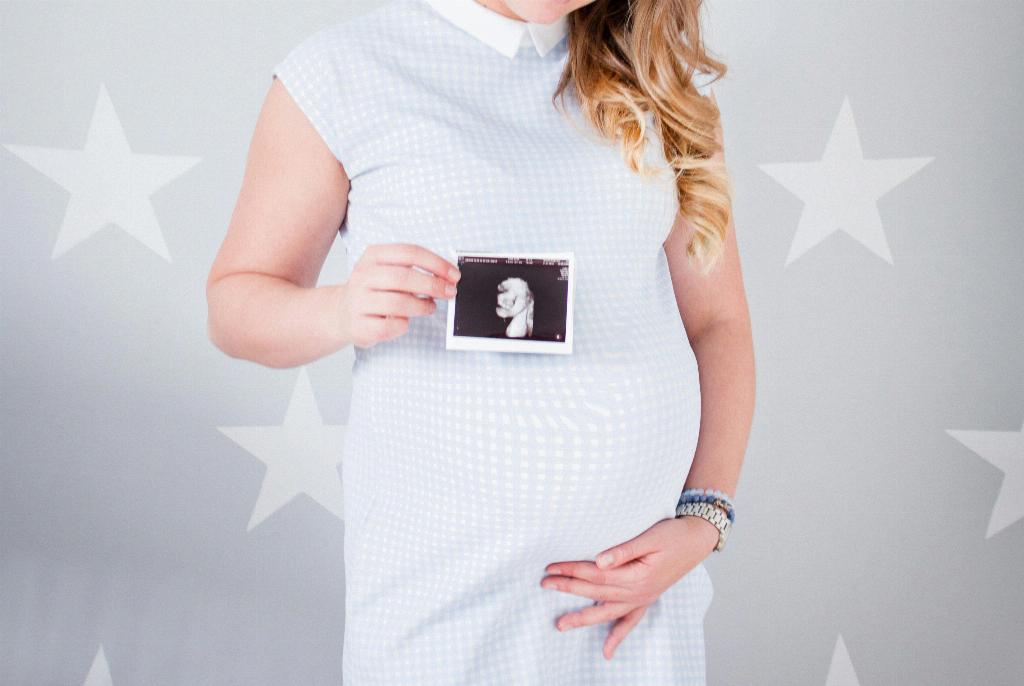When it comes to ovulation with only one fallopian tube, it’s important to recognize the remarkable adaptability of the female reproductive system. Even with one fallopian tube, the process of ovulation can still occur effectively, leading to the potential for conception.
Typically, each month, an egg is released from one of the ovaries during ovulation. The egg then travels through the corresponding fallopian tube toward the uterus, where it may be fertilized by sperm. In the case of having only one fallopian tube, the egg released by the ovary on the opposite side can still make its way to the uterus for potential fertilization.
It’s fascinating to think about how the body compensates for the absence of one fallopian tube. The egg from the ovary without a corresponding fallopian tube can actually travel down the available tube on the other side, allowing for the possibility of meeting sperm and initiating fertilization.
Although having only one fallopian tube may present some challenges, such as a potentially lower chance of conception due to fewer opportunities for an egg to meet sperm, it’s reassuring to know that the reproductive system has a built-in mechanism to facilitate the journey of eggs toward the uterus.
Furthermore, advancements in assisted reproductive technologies, such as in vitro fertilization (IVF), provide additional options for individuals with one fallopian tube to achieve pregnancy. IVF bypasses the need for fallopian tubes by directly combining eggs and sperm in a laboratory setting before transferring the embryo to the uterus.
It’s crucial for individuals with one fallopian tube to consult with their healthcare provider to discuss their unique circumstances and explore the most suitable fertility treatment options. Understanding how ovulation works with one fallopian tube can empower individuals to make informed decisions regarding their reproductive health.
Considering the emotional aspects of fertility challenges, it’s essential for individuals facing the possibility of conception with only one fallopian tube to prioritize self-care and seek support from loved ones or mental health professionals as needed. Coping with fertility concerns can be emotionally taxing, and having a strong support system can make a significant difference.
Moreover, maintaining a healthy lifestyle, including regular exercise, balanced nutrition, and stress management practices, can contribute to overall well-being and potentially support reproductive health. Engaging in activities that promote relaxation and stress relief can help individuals manage the emotional rollercoaster that often accompanies fertility journeys.
Individuals navigating fertility challenges with one fallopian tube may also benefit from joining support groups or seeking guidance from fertility specialists who can offer personalized advice and treatment options. Connecting with others who share similar experiences can provide a sense of community and understanding during what can be a challenging time.
Ultimately, the journey of fertility with one fallopian tube is unique to each individual, and it’s essential to approach it with patience, self-compassion, and a proactive mindset. By staying informed about fertility options and taking proactive steps to support reproductive health, individuals can navigate the complexities of conception with resilience and optimism.
In conclusion, while the presence of only one fallopian tube may pose fertility challenges, the human body’s incredible adaptability and the availability of assisted reproductive technologies offer hope and possibilities for individuals seeking to conceive. By understanding the nuances of ovulation with one fallopian tube and exploring various fertility treatment options, individuals can embark on their fertility journey with confidence and determination.

